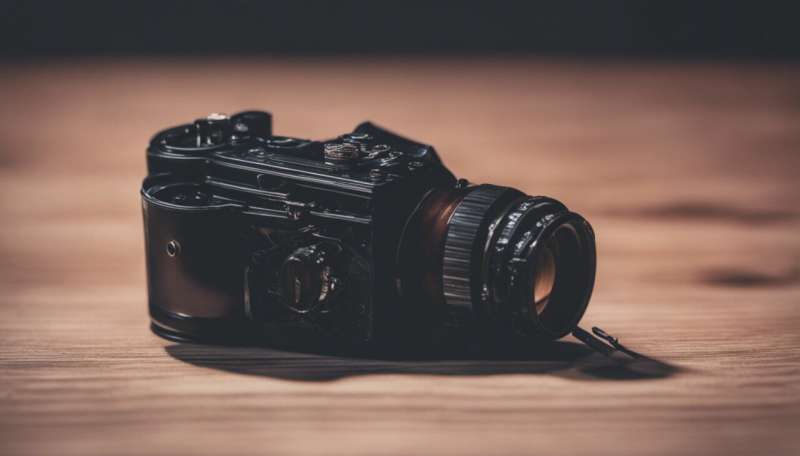
Athletes invest a huge amount of time and effort to perform at their peak on the biggest stages. Despite dedicated training, however, pressure-inducing factors—such as potential rewards or high expectations—can mean that important events do not unfold as planned. Penalty kicks go wide or a gymnast fails to stick the landing of a somersault. Athletes can experience unexpected and uncharacteristic drops in performance.
These instances of underperformance are popularly referred to as “choking”. They may also relate to rarer and more extreme phenomena such as the “yips” in golf or “twisties” in gymnastics.
In both cases, athletes suddenly lose their ability to execute well-learned skills. These experiences are getting more attention as awareness of psychological factors and mental health in sport increases.
Coaches and athletes commonly attribute these underperformance issues to overthinking or distraction when performing, and there is research evidence that supports these interpretations.
Some sport psychologists suggest that anxiety from competing or performing under pressure takes up or misdirects athletes’ focus, distracting them from important information, such as opposition tactics. Another explanation is that pressure causes skilled athletes to overthink and consequently deliberately control movements that they would usually do automatically. This is known as self-focus or reinvestment.
Sport psychologists have developed and use a range of strategies to prevent harmful distraction or overthinking from happening. These strategies include helping athletes to manage their anxiety, to reappraise the situation, and to effectively focus their attention.
Another possible tactic is to reduce the likelihood of the athlete consciously controlling their movement. To do this, some psychologists propose limiting athletes’ knowledge or understanding of the mechanics of their own movements during learning.
An issue with these traditional explanations and strategies, however, is that evidence shows that anxiety and self-focus are not inherently harmful. Anxiety can help to motivate athletes and direct their focus to information relevant to their performance. We also know that successful athletes can have significant conscious awareness throughout the course of play and that self-focus features in expert performance.
If these factors can be both positive and negative, there must be a missing factor which can explain failures in performance.
According to recent research, this factor relates to memory: what movements are stored in memory during learning and how they are activated using self-focused attention during performance.
Establishing memories
The significance of memory can be seen in sports such as basketball. Even though we would expect shooting accuracy to decrease as distance from the hoop increases, research with US college players showed that shooting accuracy at 15ft was higher than at 13ft.
This is because 15ft is the free throw distance—a shot given to a team that has been fouled against—which is more frequently practiced. This repeated practice of shooting at a distance of 15ft results in higher performance than at distances that should be easier. The increased practice at the 15ft distance makes the memory of this movement stand out, and also makes it easier to access for the athlete performing in the moment.
This focus on memory to guard against the negative effects of pressure is valuable not only for professional athletes and their coaches, but also for those of us who enjoy sports competition at an amateur level: playing in a local football or netball league, for instance. Here’s how to do it.
1. Practice
Practice key movements in the run up to competition. Try to emphasize consistency, while avoiding unwanted mistakes. The idea is to develop clarity and competence in what you are aiming to do.
2. Focus on the movement
Focus on the feeling of performing the whole movement. For instance, the whip-like feeling through the body and arm when pitching a baseball, or the music-like rhythm of the run-up for a javelin throw.
Alternatively, concentrate on one or two influential pieces of the skill. For example, adjusting your stance and ball position to encourage greater wrist rotation on the downswing when hitting a draw shot in golf. These specific points of focus should allow subsequent others to slot into place.
3. Use a mental key word
Linking the whole movement to a mental key word can help you perform it successfully. This could be an action word, such as “spring”, “smash”, “glide” or drive”.
4. Try under pressure
Test your skills under challenging conditions. This could be with time pressure or with an audience watching. This allows you to practice managing your thoughts and emotions to avoid feeling overwhelmed and disengaged.
5. Find proof of success
Finally, look for proof that what you are doing is working. Video yourself performing a skill—or note down feedback and praise from coaches or teammates.
Provided by
The Conversation
This article is republished from The Conversation under a Creative Commons license. Read the original article.
Source: Read Full Article
